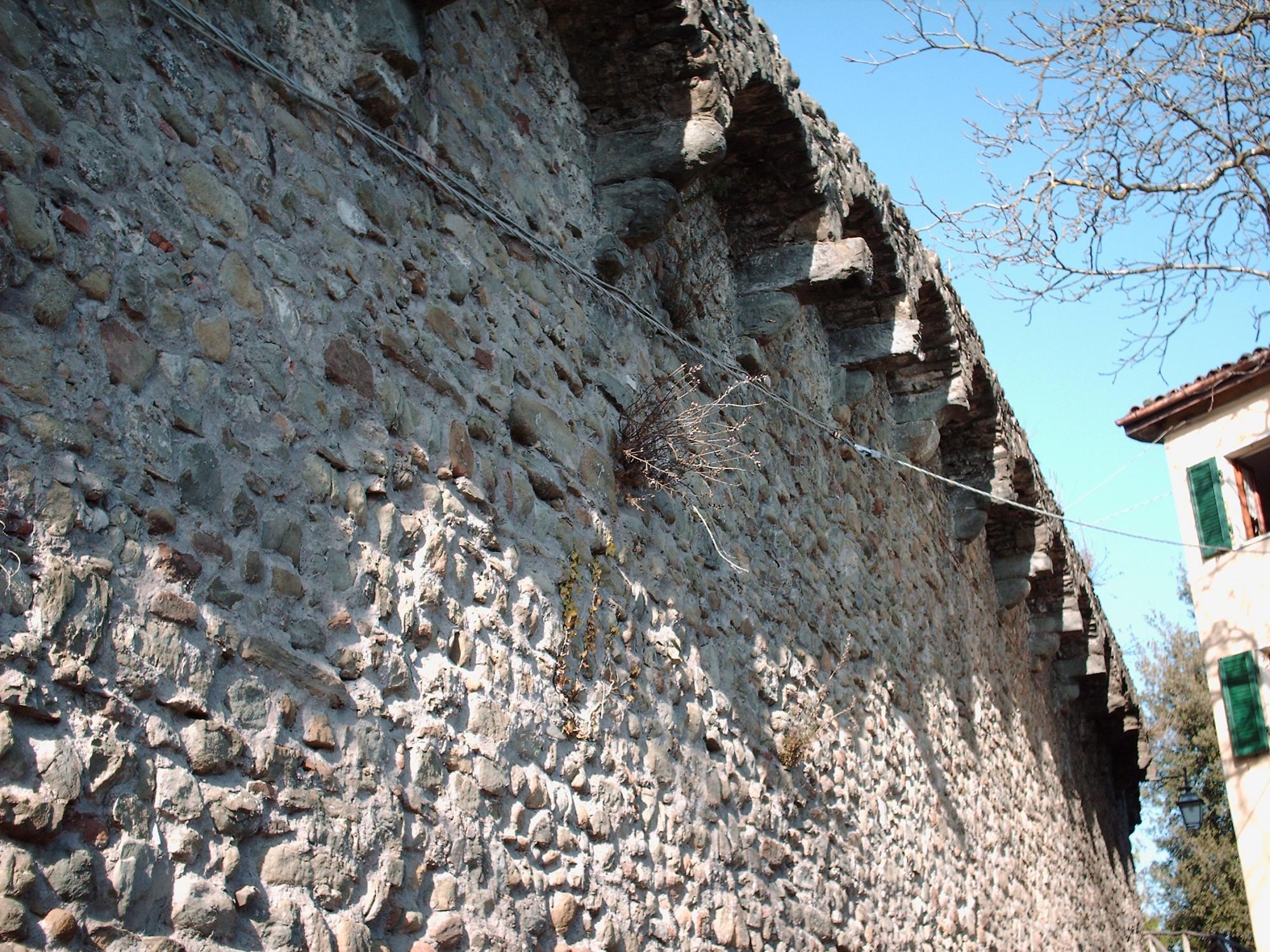

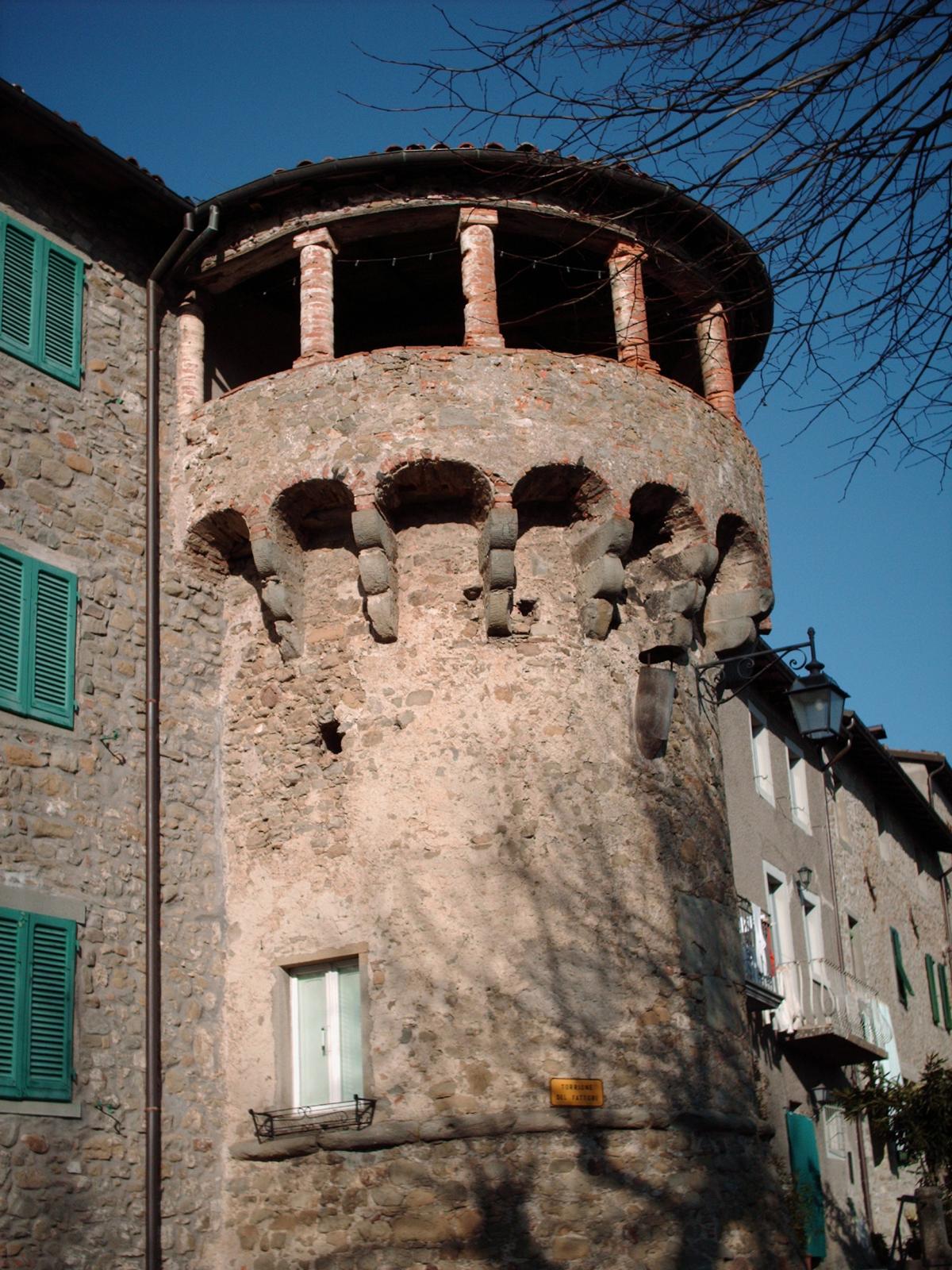
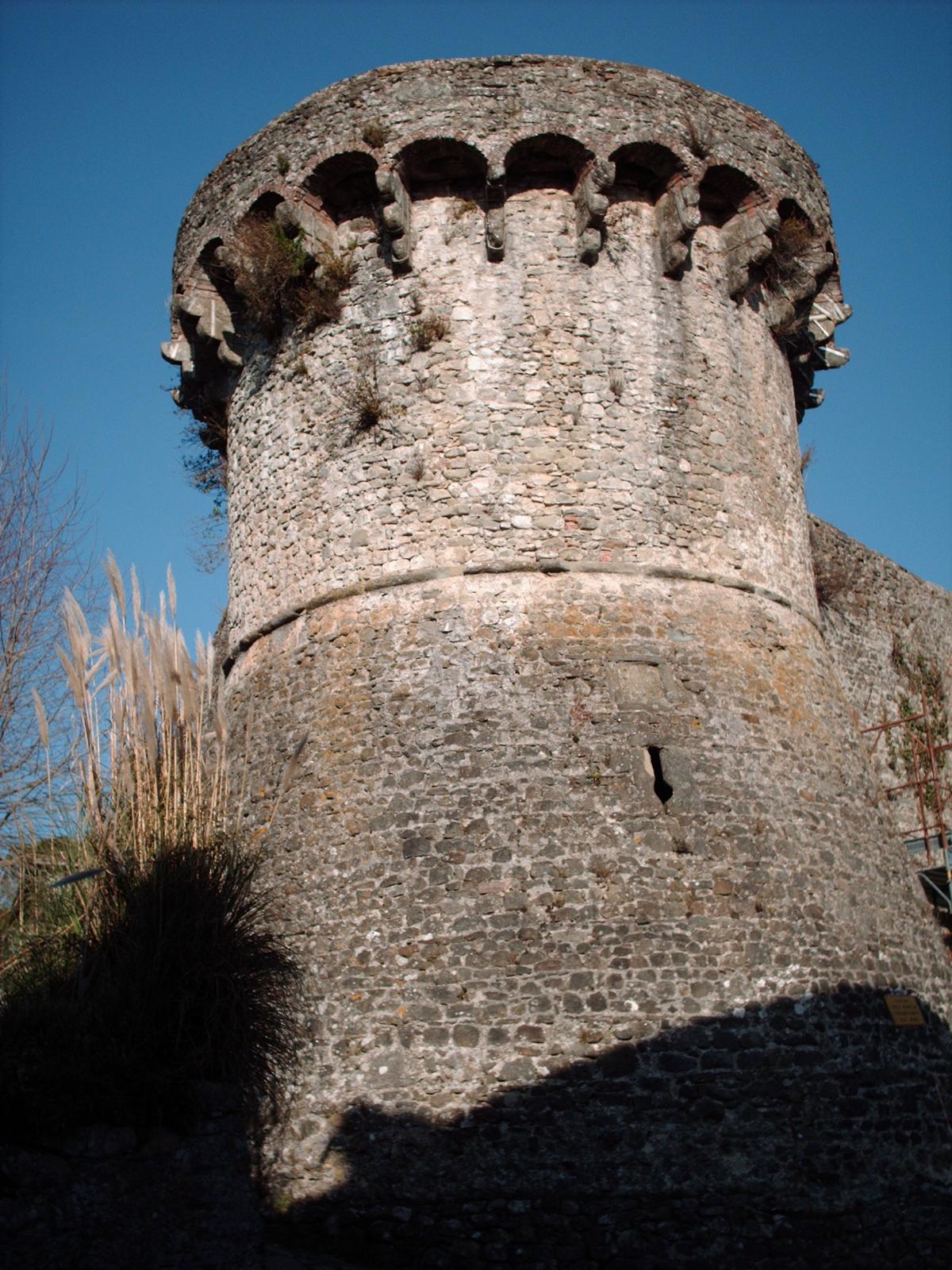
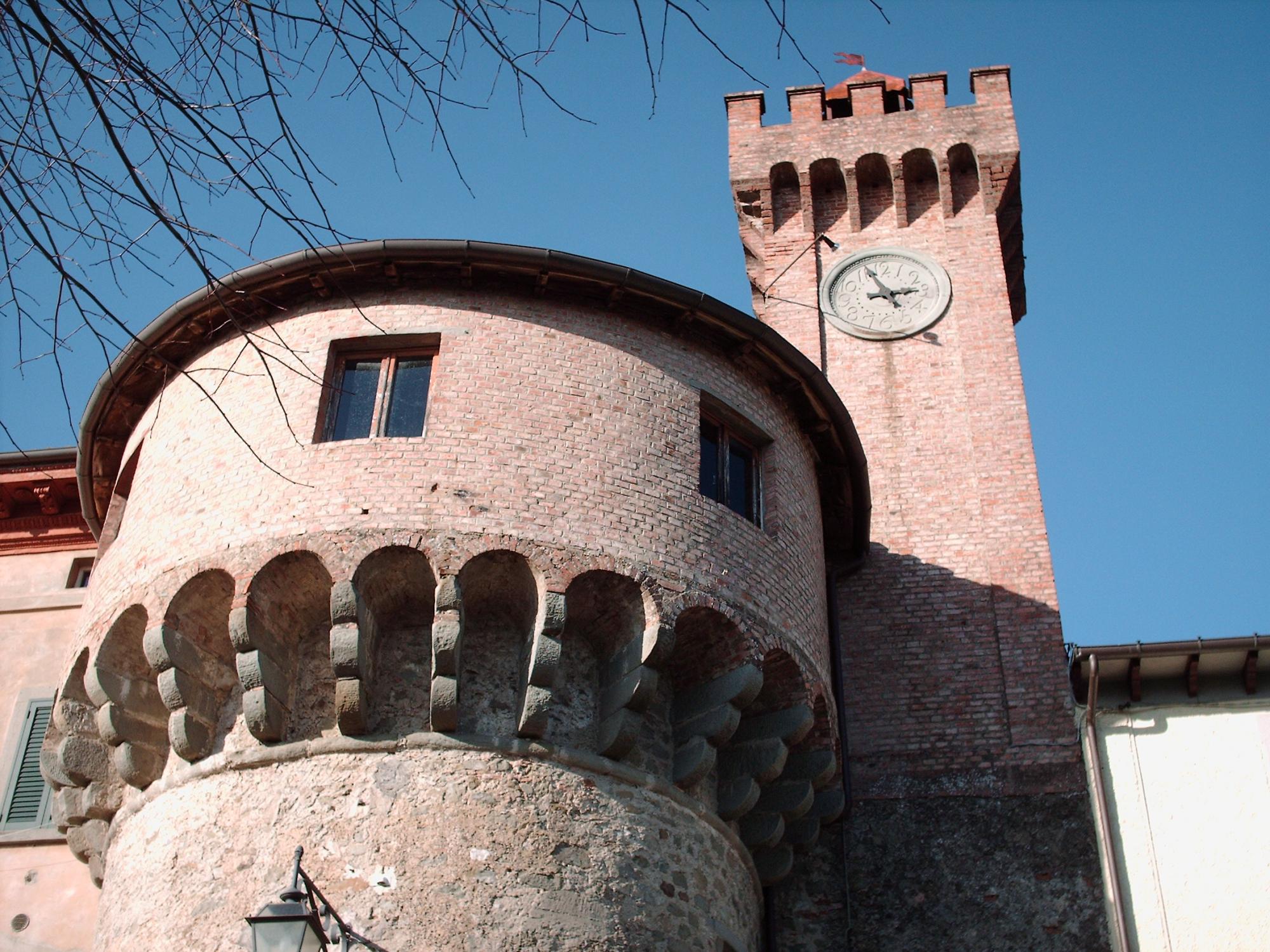
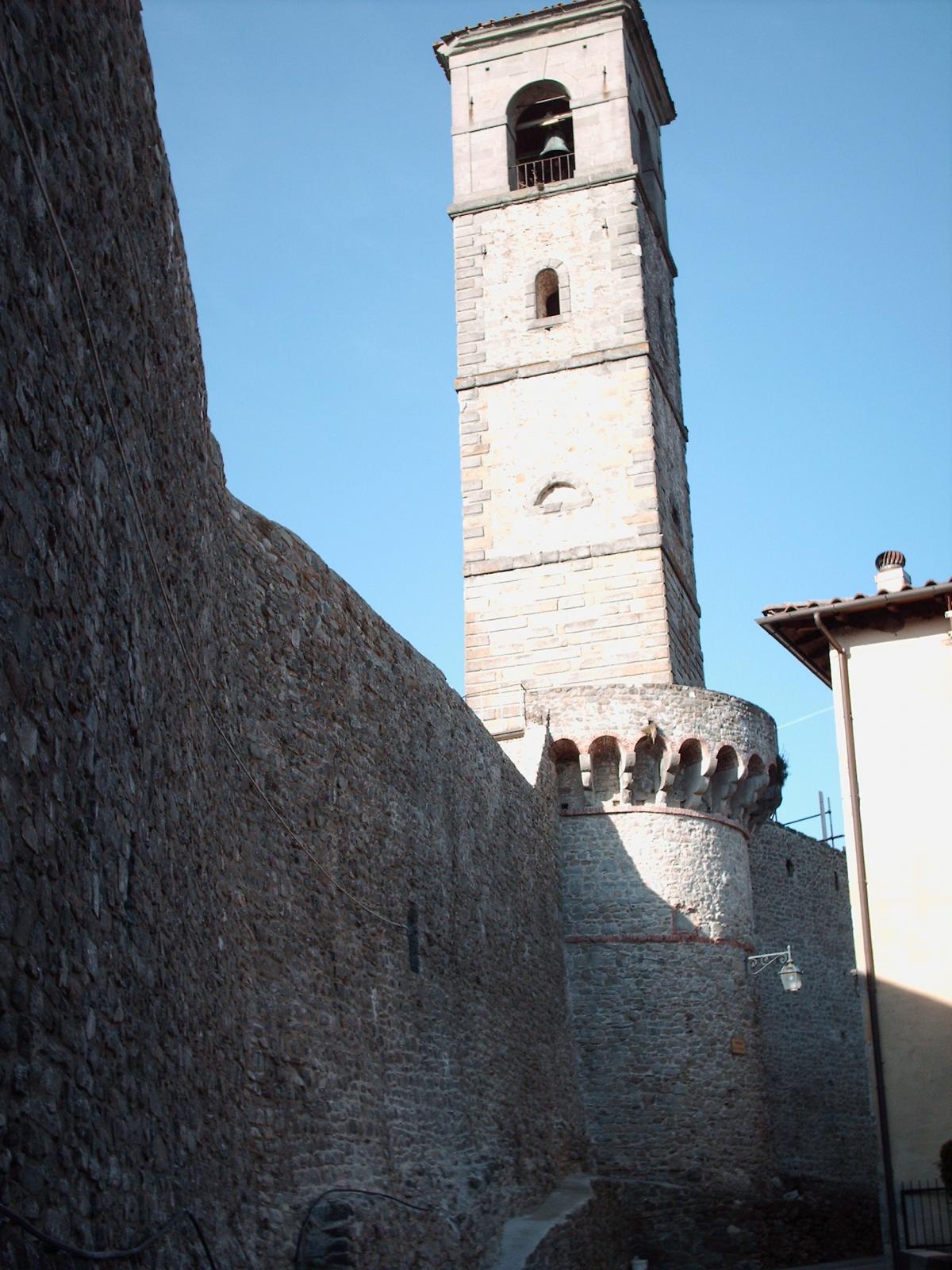






How to reach
The fortress of Castiglione is placed along the state road which climbs from Castelnuovo Garfagnana toward the Pass of the Radici.
History
The town lies on a hill, from which it dominates all the valley set between the soft Apennines and the more imposing Alps Apuane. Its story begins as an ancient "castrum" built by the Romans. Castiglione is located in a strategic position in the valley that, in this period, was crossed by an important road of forced passage between Tuscany and Emilia-Romagna. For its strategic position it had a stormy past and it suffered many sieges.
The first one, by Lucca, in 1170 provoked a lot of damage. The surrender committed Lucca to the reconstruction and the elevation to center of Vicaria. But the insolence and onerous taxes caused new wars. In 1227 it was besieged and suffered more destruction by Lucca's soldiers. The peace stipulated in 1371 delivered the fortress definitively to Lucca which installed a permanent commissioner. The town walls were strengthened (these walls that we can still be seen today!).
In the high part of the village, the imposing fortress rises on a rocky spur. It is a defensive structure with an irregular perimeter and three towers with a semicircular plan. In correspondence of the entrance we find the remains of a quadrangular tower that constituted the defensive structure of the access way.
The height of the walls varied between 11 and 17 meters according to the natural gradient of the ground. On the fortress we can admire a wonderful panorama of the surrounding valley. Inside the fortress has suffered modifications because of the change from fortified place to residential place. Today the fortress is private property, the proprietor permits the visits only if guided.
The village of Castiglione developed around the fortress and for reasons of protection it was surrounded by walls and towers. The walls extend for 750 meters , they were equipped with loop holes and a watch walk. On two of the towers, from the XVIII century, we find the bell towers of the principal churches (St. Michele and St. Pietro).
Today we can enter in the suburb through three doors, but in the past there was an only access door with drawbridge because around the walls there was a deep ditch. The other two doors had opened in the XVIII century to make the entry in the village more easy. The strengthened complex of Castiglione could be considered one of most important and suggestive examples of a "living Castle".